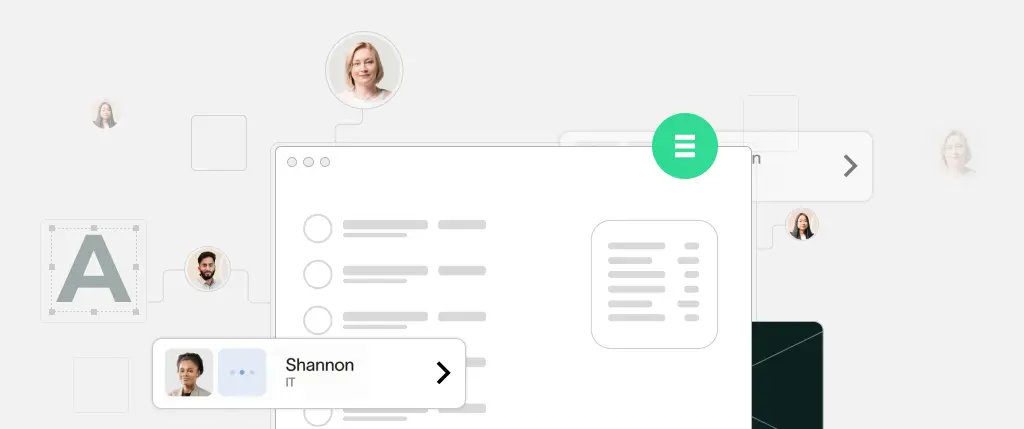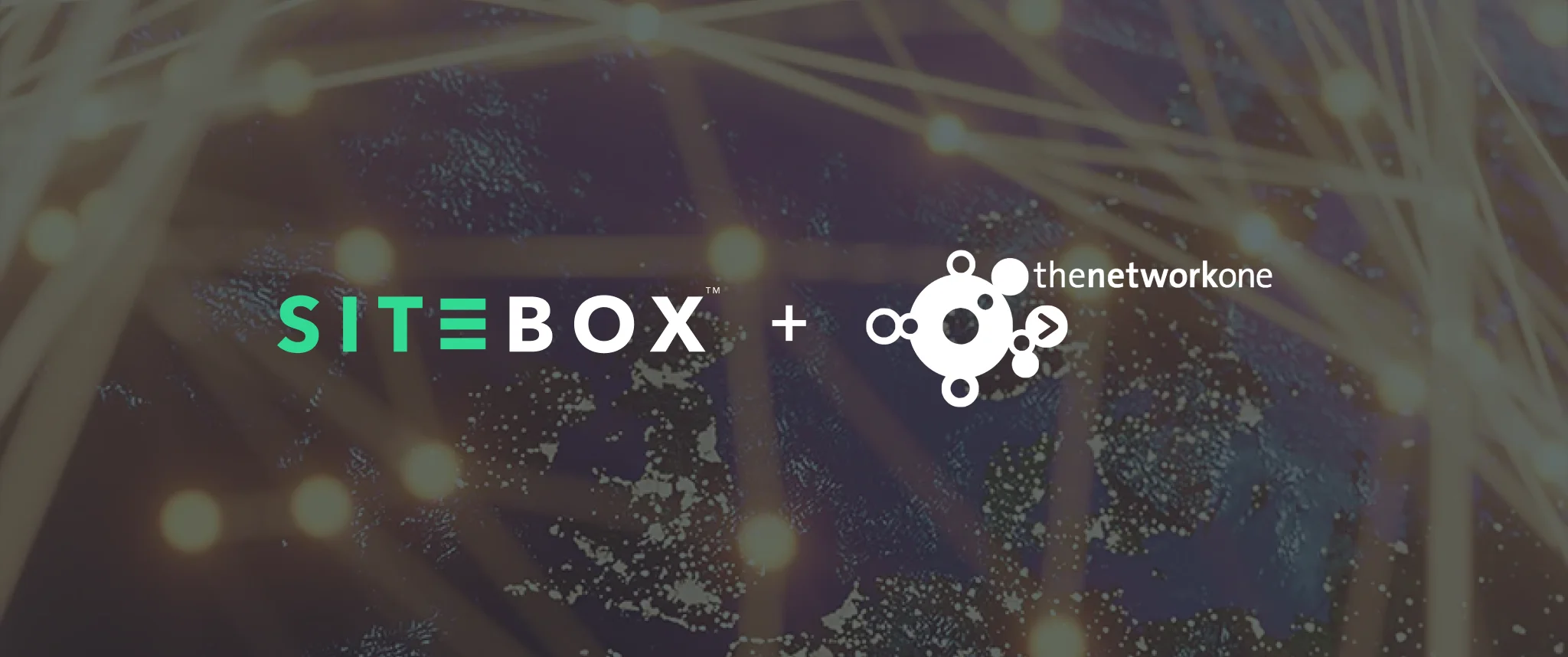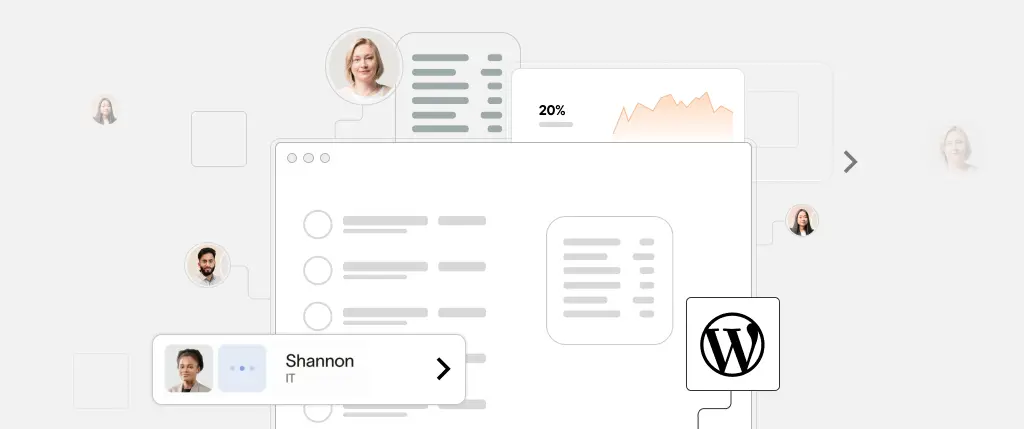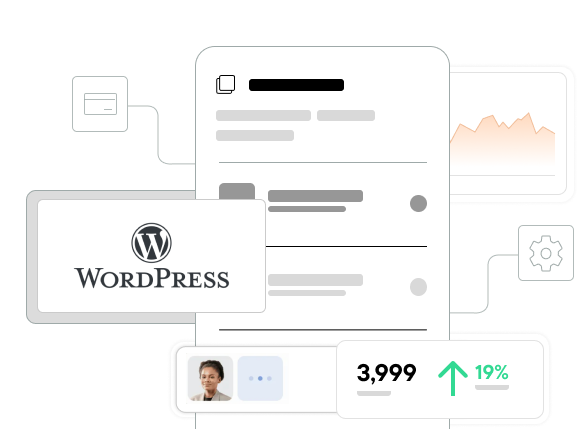The Gutenberg editor has transformed how teams build in WordPress—from rigid templates to flexible, visual editing. But with this flexibility comes a new challenge: maintaining brand consistency at scale.
This is where Custom Gutenberg Block Libraries come in.
By building a modular, reusable block library, your marketing and development teams can speed up page creation, maintain brand guidelines, and scale content production—without reinventing the wheel on every page.
In this article, we’ll walk through what Custom Gutenberg Block Libraries are, how to create them, and how they support scalable, efficient WordPress design systems.
What Are Custom Gutenberg Block Libraries?
Gutenberg, introduced in WordPress 5.0, is a block-based editor that replaces the classic editor with a visual drag-and-drop interface. Each block (paragraphs, images, buttons, etc.) is a modular content element.
Custom Gutenberg Block Libraries go a step further—they are collections of custom-built blocks tailored to your brand’s design and content needs.
Types of Blocks:
- Block Libraries: Organized collections of custom blocks that can be shared across themes or sites
- Core Blocks: Included in WordPress by default (e.g., paragraph, image, heading)
- Custom Blocks: Developed with React or PHP to meet unique design requirements
- Block Patterns: Pre-designed groupings of blocks for quick layout reuse
Why Custom Gutenberg Block Libraries Matter
For growing teams and content-heavy websites, consistency and speed are essential.
Benefits of using Custom Gutenberg Block Libraries include:
- ✅ Enforcement of brand styles without constant QA
- ✅ Faster content creation with reusable components
- ✅ Consistent design system across all pages and contributors
- ✅ Reduced developer dependency for layout changes
Getting Started: Creating Custom Gutenberg Blocks
WordPress provides a CLI tool to scaffold blocks quickly:
npx @wordpress/create-block my-custom-blockThis generates a ready-to-edit block with:
- JSX support
- WordPress build scripts
- Webpack and Babel setup
From here, you can start building your block’s structure and functionality.
Organizing Your Block Library
For scalable development, structure your Custom Gutenberg Block Libraries like this:
/wp-content/plugins/my-block-library/
├── blocks/
│ ├── cta-banner/
│ ├── testimonial-grid/
│ └── feature-list/
├── block.json
├── index.js
└── style.scssEach block lives in its own folder, making the library modular and maintainable.
Sharing Blocks Across Sites and Themes
You can deploy Custom Gutenberg Block Libraries via:
- 🧩 Sitebox: Manage blocks visually and centrally across environments
- 🔌 Plugins: Bundle blocks into a plugin for use across any theme
- 💼 Composer or Git: Sync block libraries in multisite or enterprise setups
Code Example: Registering a CTA Block
import { registerBlockType } from '@wordpress/blocks';
import { RichText } from '@wordpress/block-editor';
registerBlockType('custom/cta-banner', {
title: 'CTA Banner',
icon: 'megaphone',
category: 'layout',
attributes: {
content: { type: 'string' },
},
edit: ({ attributes, setAttributes }) => (
<RichText
tagName="div"
value={attributes.content}
onChange={(value) => setAttributes({ content: value })}
placeholder="Add your call to action"
/>
),
save: ({ attributes }) => (
<div className="cta-banner">{attributes.content}</div>
),
});Styling the Block
.cta-banner {
background: #1e40af;
color: #fff;
padding: 2rem;
border-radius: 8px;
text-align: center;
}Best Practices for Custom Gutenberg Block Libraries
1. Use Clear Namespaces
Prefix block names (e.g., custom/cta-banner) to avoid conflicts with plugins or other themes.
2. Leverage block.json
Define metadata, scripts, and styles for each block to simplify registration.
{
"apiVersion": 2,
"name": "custom/cta-banner",
"title": "CTA Banner",
"category": "layout",
"editorScript": "file:./index.js",
"style": "file:./style.css"
}3. Design for Reusability
Use attributes for dynamic content, InnerBlocks for flexible layouts, and enable supports for alignment, spacing, and more.
4. Hybrid Blocks with ACF
Prefer PHP? Use ACF Blocks to build Gutenberg blocks using field groups—perfect for fast iteration without React overhead.
5. Document Everything
Use tools like Storybook, or create a style guide site that shows available blocks and how to use them.
Managing Block Libraries with Sitebox
As your block library grows, management complexity increases. That’s where Sitebox helps:
- 🔄 Centralize block management across brands or environments
- 📦 Maintain reusable design components with visual previews
- ✍️ Empower marketers to build pages using approved blocks
- 🔐 Enforce consistency while reducing developer overhead
- 🌐 Integrate with WordPress directly, keeping your stack intact
Whether you’re managing 1 site or 100, Sitebox makes your Custom Gutenberg Block Libraries scalable, secure, and user-friendly.
Conclusion
Custom Gutenberg Block Libraries are foundational for building efficient, scalable, and consistent design systems in WordPress.
They help your team:
- ✨ Speed up content workflows
- 🎯 Enforce brand standards
- 🔧 Minimize custom coding
- 📈 Scale across pages, teams, and regions
When combined with visual tools like Sitebox, your block library becomes a powerful part of your content and design operations—giving both developers and marketers what they need to move fast, stay consistent, and build better experiences.
Next Steps
- 🧱 Try
@wordpress/create-blockto scaffold your first block - 📚 Define a naming and folder structure for your block library
- 🧪 Explore Sitebox for managing Custom Gutenberg Block Libraries at scale
Want help starting your first block library? Let’s chat or set up a quick demo.




